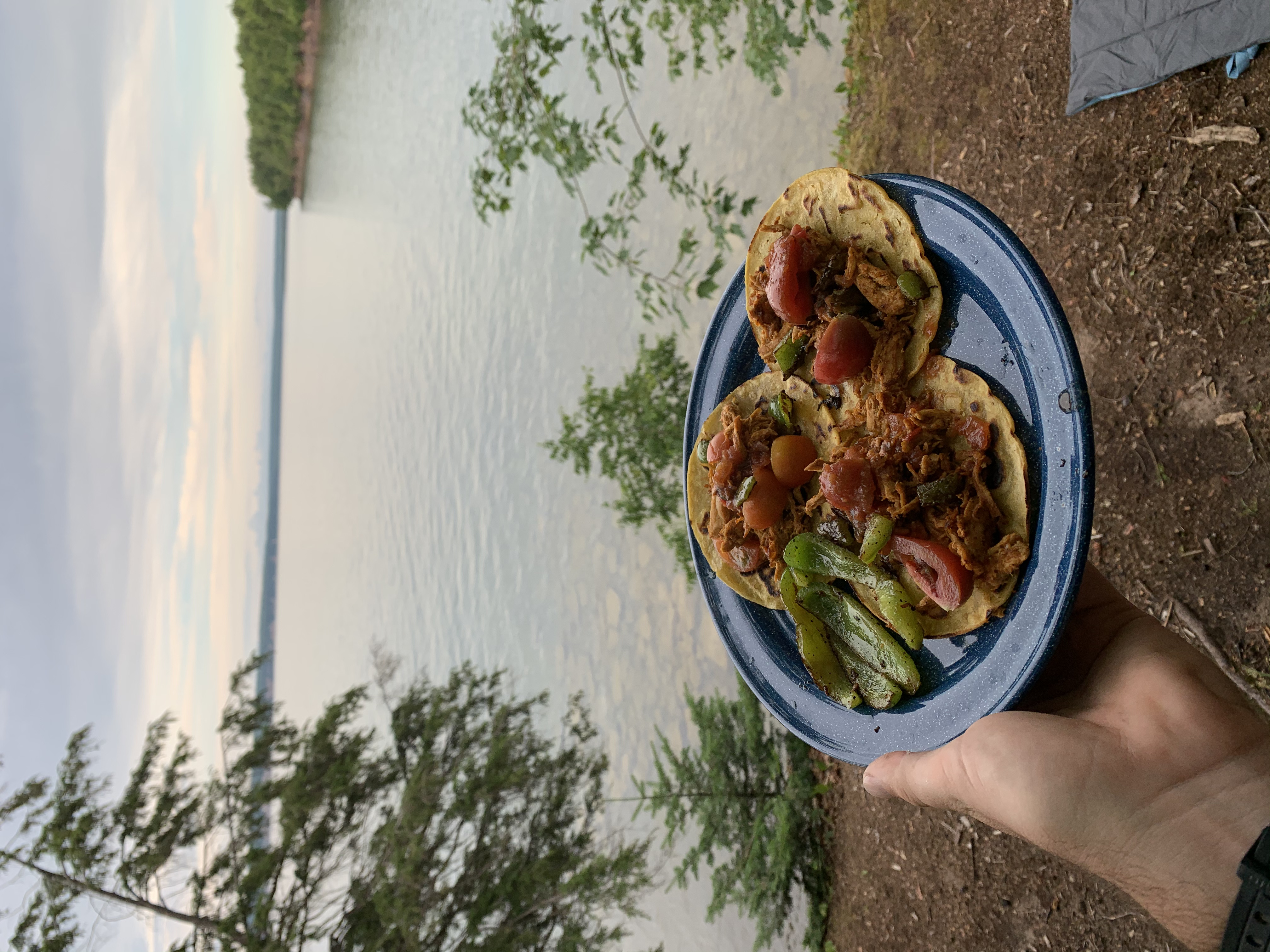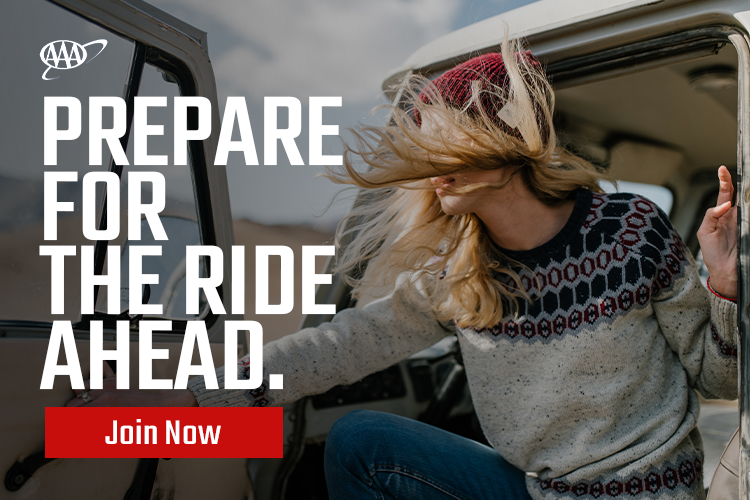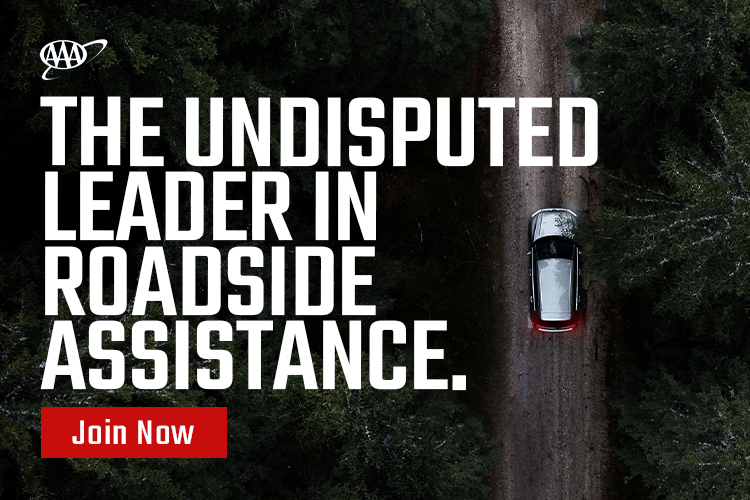Some call it car camping, others call it Overlanding, and some just call it camping. No matter what term you use to describe it, one thing everyone can agree on is that the journey is often the destination. Passing across the open desert and winding through rolling mountains should be just as fun as finding the perfect campsite. The natural beauty, lack of crowds, and the feeling of discovering someplace new are what drives people to head off-grid. In this quick guide, we’ll jump into what it takes to venture away from the campground and explore the beautiful, lesser-visited side of America’s West.
The Basics
Off-grid camping is dispersed camping. To simplify, this is not camping at an established campground with modern amenities like a bathroom, electricity, or running water. Bring supplies such as water, food, proper clothing and shelter, maps, and safety devices like a first aid kit. Follow outdoor ethical principles like “Leave No Trace,” “Know Before You Go,” and “Tread Lightly.” Do some research, select a beautiful spot on public land, pack up all your camping gear, and drive out to explore a new area. To find the best spot, this type of camping almost always requires an AWD or 4x4 type vehicle that can handle bumpy or rough roads.

The Gear
Going off the grid requires a bit more gear since you’re having to fend for yourself. But don’t get overwhelmed—you can get by with very little if you’re thrifty and don’t wander too far away. While some people create trucks specifically for Overlanding with off-road lights, better suspension, extra fuel cans, solar power, and more, the average weekend warrior can start exploring with far less. If you’re going in warmer months, having a basic tent, sleeping bag, sleeping pad, lantern, and a portable battery or two on hand to keep electronics charged is a good start. Water and food is the most important supply, so carry enough to last you longer than your trip if things don’t go smoothly. A propane camp stove and some spare, non-breakable dishes work great for meal prep. And don’t forget an extra bag for throwing out your garbage.
If any off-road driving is on your route, a higher clearance vehicle like an SUV, AWD, or 4x4 is recommended; make sure you have the proper gear and knowledge to change a flat tire, and always carry a spare tire, a jack, and a tire plug kit. If you’re going far off-road, extra gas and traction boards can help get you out of a potentially sticky situation.
Last, but not least—safety is important. Pack a good first aid kit, share your route plan with loved ones, and carry some type of radio communication that operates out of cell reception. Of course, this is just a basic guide; things can get way more expensive from here. We’re talking rooftop tents, wheels and tires, battery systems, suspension, and more! But these basics should get you through a long weekend.

Finding Camp
Did you know the Bureau of Land Management (BLM) oversees more than 245 million acres of public lands? Most of this land is fully open to the public for recreation-like camping, all free of charge. BLM land is the perfect place to start your journey into off-grid camping, as you can legally camp almost anywhere on it. Use a mapping software like Gaia GPS, onX Offroad, or just visit the BLM website, and you can look into areas that interest you and see if there is BLM land nearby.
Let’s say you want to visit the Zion National Park area. You can search for public land in that region with the BLM site or the above-mentioned mapping software and see if it’s open for camping. To find the best spots, use an online mapping service in satellite view and search the public land area for a good place to camp just off an accessible road or trail. Things like rivers, lakes, overlooks, or open areas are a good start. Be forewarned, this can take a long time, but that’s all part of the process and makes finding the perfect spot worth it. Don’t feel like jumping right into the deep end? The BLM offers rustic campsites in select areas. These will get you out into the wilderness, away from the large crowds, but should still have some sort of toilet you can use.

Go Explore
While Overlanding or off-grid vehicle camping can seem overwhelming, you don’t have to start with a multi-week or a month-long trip. A long weekend taken not far from a familiar area is a great way to get the feel of being off-grid. Make a list, assess what you missed, see what you might need for more extended travel, and go from there. Search and explore national forests, find your local scenic byways and drive someplace new. There are literally millions of acres of public lands to visit, most of which are easily accessible in the west. And always remember to stay safe, tread lightly, and leave every place you visit better than you found it.



